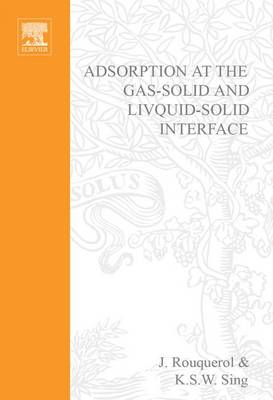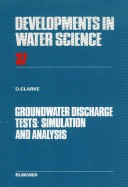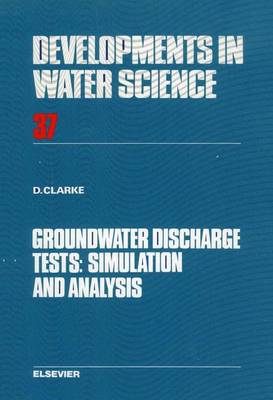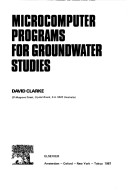Developments in Water Science
5 total works
Groundwater Discharge Tests: Simulation and Analysis
by David Clarke and D. Clarke
Published 1 January 1988
This book describes microcomputer programs which can be used to simulate or analyse water production well and aquifer discharge test data. Computer graphics are used to help visualise the data, and output to plotters is also catered for. Simple confined aquifers, leaky confined aquifers, unconfined aquifers and a variety of boundary conditions are dealt with.The book and the microcomputer programs it describes will allow the reader to apply very flexible computer techniques to the analysis of his well and aquifer discharge test data. The speed of the microcomputer analyses will give the user the opportunity of looking at his data in more ways than he would otherwise be able to, thus giving insights into the data that would not otherwise be possible. The simulation programs permit the production of type curve data, which can then be used in comparison with the real data, or used in becoming familiar with the operation of the analysis programs.Although primarily intended for practicing hydrogeologists and universities teaching hydrogeology, this book would also be of interest to anyone having an interest in the effects of groundwater extraction. The programs will run on IBM PCs and compatibles with colour graphics.
This book provides the practising hydrogeologist with a selection of microcomputer programs which the author has found to be very useful as an aid in the investigation of groundwater wells and aquifers. The programs are written in BASIC and are designed to suit as wide a range of computer as possible.The book begins with a group of programs which solve several of the most common functions encountered in groundwater science. These are then developed into programs capable of calculating drawdown in a variety of discharge rate/aquifer/boundary configurations, either at one time, or a series of exponentially increasing times. The author shows how a computerised form of Newtons method (for solving difficult equations) may be applied to such tasks as evaluating storage coefficient if transmissivity is known. Lagrangian interpolation is used to produce accurate values from tabled functions, either within a program, or on demand.One of the major programs in the book may be used to enter discharge test data into a computer, edit it as required (e.g. change drawdown measurements from feet to metres, or water levels to drawdowns etc.), and finally to analyse the data. For example, three different methods are provided for evaluation of the well equation. Another program is provided for controlling a plotter to produce several popular types of discharge test graphs; and a new image well method is included for simulating boundaries consisting of straight line junctions between areas of two different transmissivities.This is a practical book, written to solve real-life problems. Accordingly, program operation is clearly described, but derivation of equations and functions have been omitted. (For those readers wishing to check on derivations, references are provided). Readers familiar with microcomputer programming may apply the programs given here to their own work, perhaps incorporating them as subroutines into large, more specialized programs. Those unfamiliar with programming can use the programs as they are listed. All programs are designed to be run with no more than an occasional reference to the written instructions being necessary.




